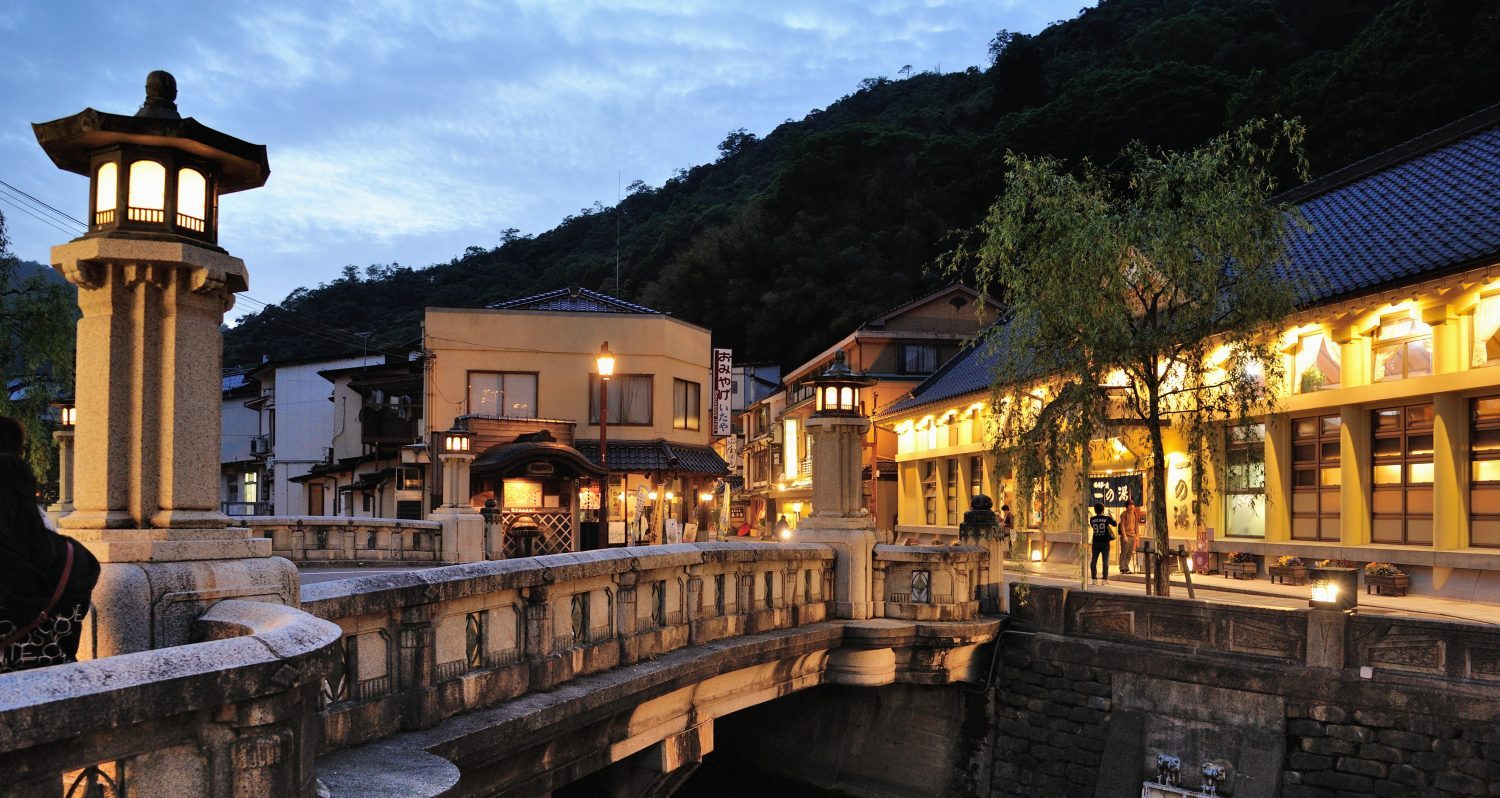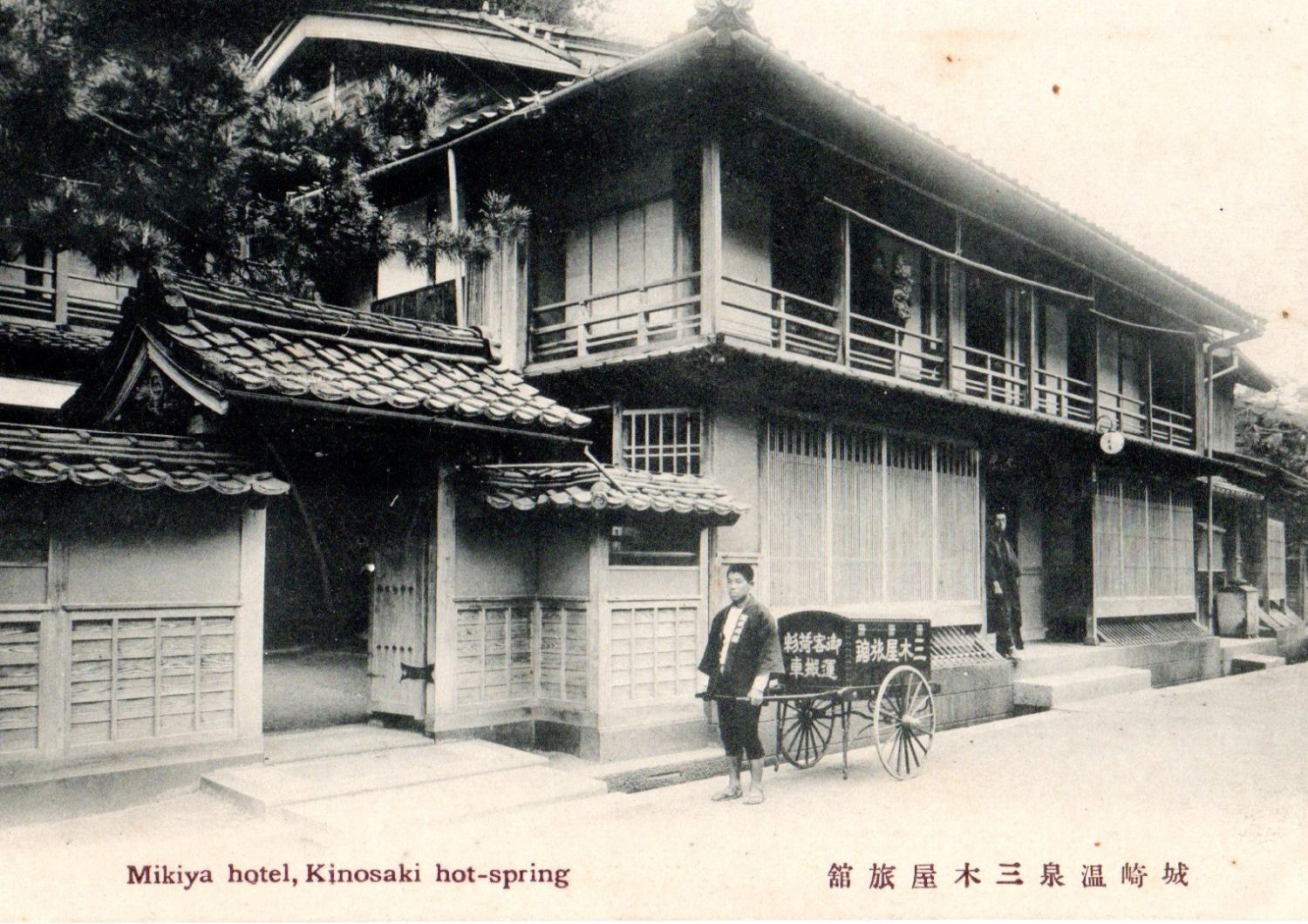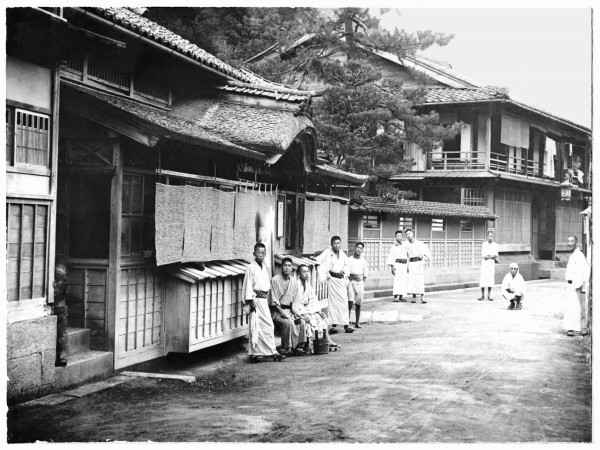Reconstructing A Town Of Tradition

As a city famous for living in harmony with the surrounding natural landscape, Toyooka's Kinosaki Onsen is lined with buildings that were built with environmental sustainability and historical preservation in mind.
In the late morning on May 23, 1925, a 6.8 magnitude earthquake hit modern-day Toyooka City, including Kinosaki.
The outcome was disastrous–since the earthquake struck during a time when most households were preparing for lunchtime, many residents were busy cooking.
A fire quickly spread throughout the town, resulting in 283 deaths and most buildings in ruin.
With the area's residences and hot springs devastated by the fire and earthquake, the citizens of Kinosaki were determined to do anything in their power to rebuild their beloved hot spring town.
-

-
Over 100 meetings were held to discuss reconstruction strategies, and it was eventually decided that in addition to re-erecting many buildings with their original wooden architecture, a handful of buildings (including the public bathhouses, town hall, and police station) would be reconstructed with reinforced concrete for the purpose of future fire prevention.
In the midst of the town's reconstruction efforts, a new law requiring that building heights not exceed three stories was born out of the desire to preserve Kinosaki's traditional atmosphere.
As a protective measure against flooding, rocks from the nearby Genbudo Caves were also used to fortify the banks of the Otani River, a river that runs through Kinosaki which often overflowed due to heavy rainfall.
Below: photographs of Mikiya, one ryokan inn in Kinosaki Onsen before the earthquake
-
Kyozon-Kyoei
Additionally, the ideas of coexistence and co-prosperity (𝘬𝘺𝘰𝘻𝘰𝘯-𝘬𝘺𝘰𝘦𝘪) were set as the core values for the future of Kinosaki's development and success as a tourist attraction.
Instead of competing against one’s neighbor, local businesses sought to support one another through a joint effort to revitalize their town’s hot spring industry.
The town of Kinosaki would be viewed as one single inn–the individual accommodations would act as the rooms of one giant inn, with the train station as the inn’s entrance, the streets as the hallways, the public bathhouses as its hot springs, the stores as souvenir shops, and the restaurants as dining rooms.
The ideology of “coexistence and co-prosperity” is still very much present throughout Kinosaki to this day, as visitors strolling through the town can even come across a sign sporting the local slogan of “𝘬𝘺𝘰𝘻𝘰𝘯-𝘬𝘺𝘰𝘦𝘪.” -



